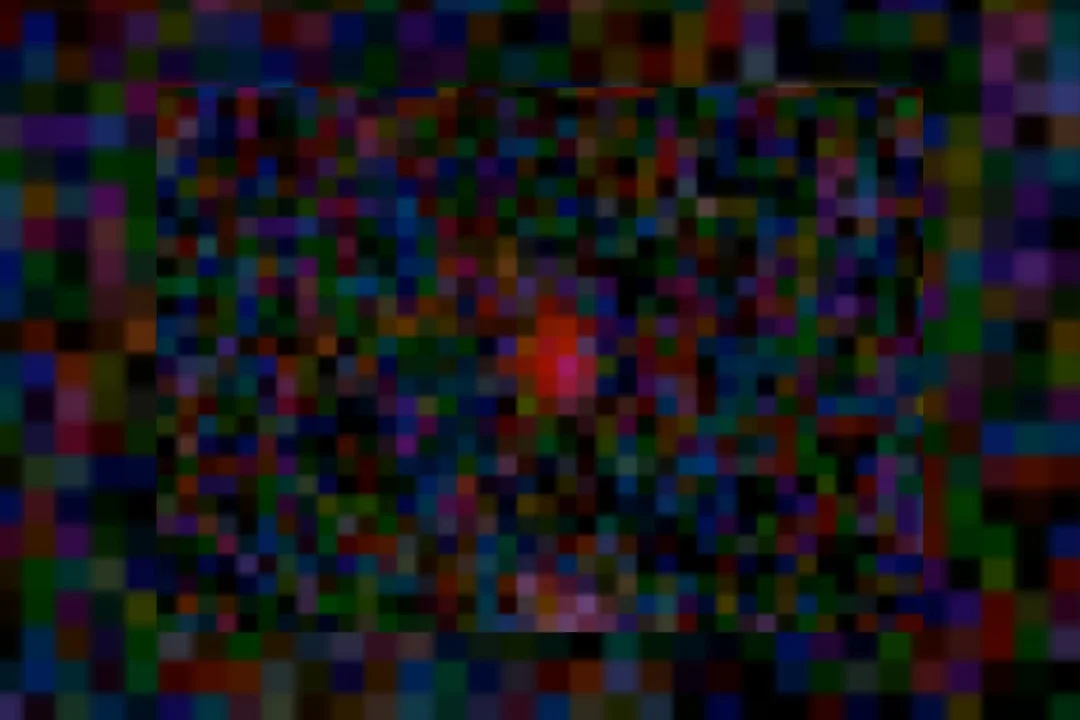
James Webb Telescope Peers Through Cosmic Lens, Reveals Ancient Galaxies in Deepest Image Yet
The James Webb Space Telescope (JWST) has once again pushed the boundaries of astronomical observation, capturing its deepest and longest exposure of a single target to date. This breathtaking image, revealed by the European Space Agency (ESA) on Tuesday, unveils spinning arcs of light representing galaxies from the universe's distant past, offering unprecedented insights into the cosmos's earliest formations.
The image focuses on Abell S1063, a massive cluster of galaxies lying 4.5 billion light-years from Earth. However, the true target of this deep-space endeavor lies behind this cluster. Abell S1063 acts as a gravitational lens, bending and magnifying the light from galaxies even further away.

Scientists are particularly interested in these "warped arcs," as they represent light from galaxies formed during the Cosmic Dawn, a period when the universe was only a few million years old. Studying this light allows astronomers to understand how the first galaxies formed and evolved.
This "deep field" image, assembled from nine separate shots of different near-infrared wavelengths, represents approximately 120 hours of observation time for the telescope.
The JWST's Near-Infrared Camera (NIRCam) played a crucial role in capturing the image with detail and clarity. The image showcases an incredible forest of lensing arcs around Abell S1063, which reveal distorted background galaxies at a range of cosmic distances, along with a multitude of faint galaxies and previously unseen features.
The telescope's ability to observe in the near-infrared spectrum allows it to penetrate the dust and gas clouds that obscure visible light, revealing details that were previously hidden from view. This has already led to discoveries that challenge existing cosmological models.
According to the ESA statement, this image constitutes "Webb's deepest gaze on a single target to date." This achievement underscores the instrument's exceptional capability in revealing new facts about the early universe.
Since coming online in 2022, the Webb telescope has revolutionized our understanding of the universe, providing unprecedented views of distant galaxies, exoplanets, and other celestial objects. Its observations have challenged existing theories and opened up new avenues for scientific inquiry.
What other secrets will the James Webb Space Telescope uncover as it continues to probe the depths of space? The possibilities seem endless, and the scientific community eagerly awaits the next groundbreaking discovery. Leave your thoughts and predictions in the comments below.